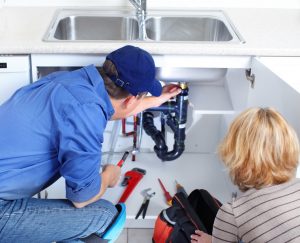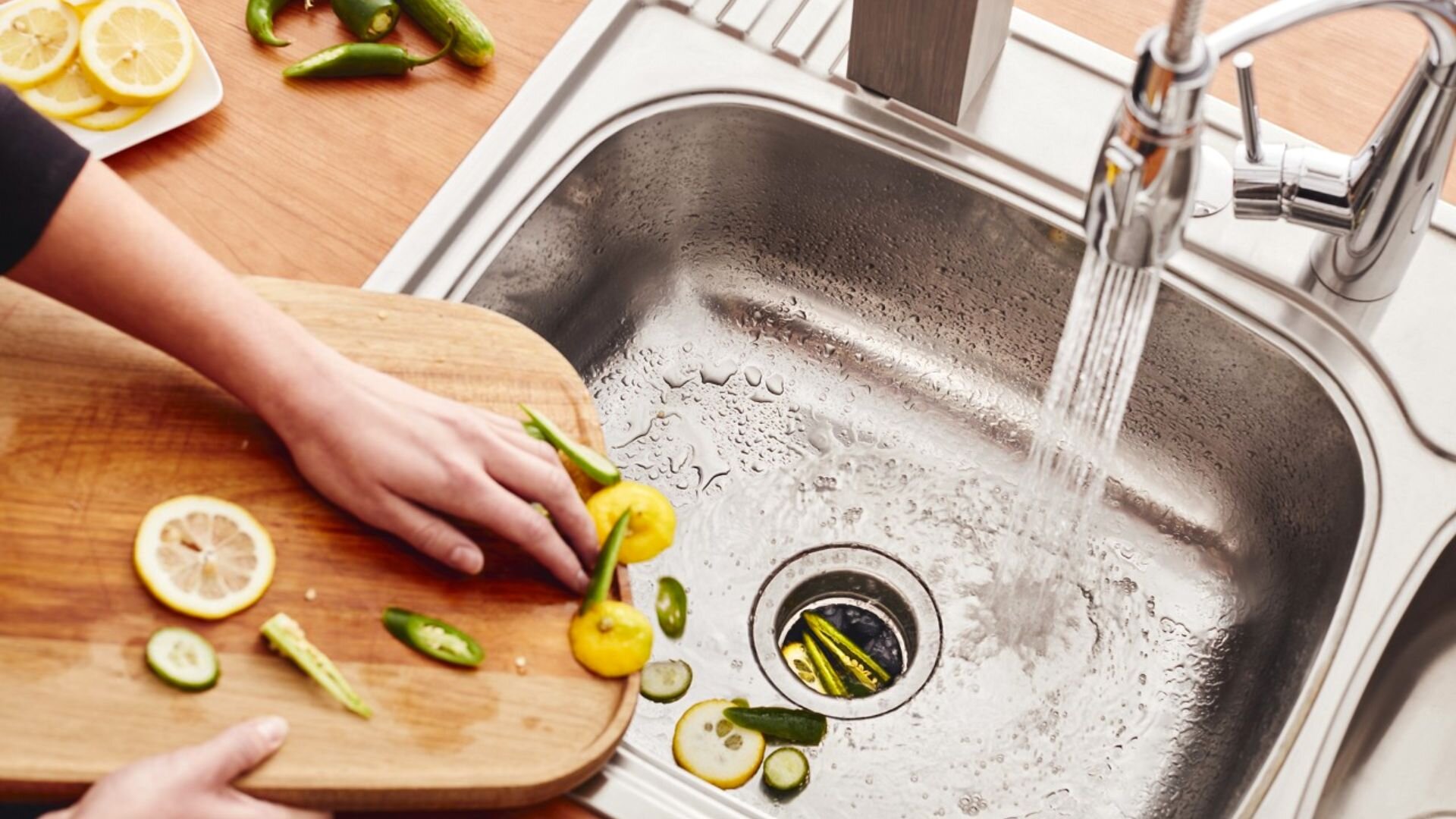Nearly everybody will have their unique conception on the subject of The Handy Guide To Fixing Your Garbage Disposal Leaking.

Waste disposal unit are important kitchen devices that assist in getting rid of food waste efficiently. Nonetheless, a leaking waste disposal unit can be a discouraging and messy trouble to take care of. Fortunately, many leakages can be repaired conveniently with a few basic steps. In this post, we will certainly go over just how to repair a dripping waste disposal unit efficiently.
Intro
Waste disposal unit are installed under kitchen area sinks and are created to shred food waste right into smaller sized pieces, allowing it to go through the pipes system conveniently. While these tools are usually dependable, leaks can happen with time as a result of wear and tear, loosened connections, or damages to the system.
Usual Sources Of Leakages in Waste Disposals
Worn Seals and Gaskets
Seals and gaskets play a crucial role in preventing water from dripping out of the waste disposal unit. With time, these parts can degrade, causing leaks around the disposal unit.
Loose Links
The connections between the waste disposal unit and the plumbing system can become loose with time, triggering water to leak out throughout operation.
Cracks or Openings in the Disposal Unit
Physical damages to the garbage disposal, such as splits or openings in the housing, can additionally result in leakages.
Determining the Resource of the Leak
Prior to attempting to repair a dripping waste disposal unit, it is essential to determine the resource of the leak. This can normally be done through visual examination or by conducting basic examinations.
Visual Inspection
Check the waste disposal unit unit thoroughly for any type of indicators of water leak. Pay close attention to areas around seals, gaskets, and connection points.
Evaluating for Leakages
One means to examine for leakages is by running water via the disposal unit and checking for any visible indicators of leak.
Devices and Products Needed for Taking Care Of a Dripping Waste Disposal Unit
Prior to starting the repair service process, gather the necessary devices and products, including a screwdriver, adjustable wrench, plumber's putty, substitute seals or gaskets, and epoxy or patching product for repairing cracks or holes.
Step-by-Step Guide to Taking Care Of a Dripping Garbage Disposal
Shut off the Power
Prior to trying any repairs, make sure that the power to the waste disposal unit device is shut off to stop the danger of electric shock.
Find the Leak
Determine the exact place of the leakage and figure out the reason.
Tighten Links
Make use of a wrench to tighten any type of loosened connections between the disposal device and the pipes system.
Replace Seals or Gaskets
If the leak results from worn seals or gaskets, remove the old elements and change them with brand-new ones.
Patching Cracks or Holes
For fractures or openings in the disposal device, usage epoxy or an ideal patching material to seal the damaged area.
Testing the Garbage Disposal After Repair Service
When the repair service is full, examine the waste disposal unit by running water via it to make certain that the leakage has actually been solved.
Preventive Upkeep Tips to Avoid Future Leakages
To stop future leakages, it is important to do routine maintenance on your waste disposal unit. This consists of keeping it clean, staying clear of placing non-food things or tough items down the disposal, and periodically looking for leaks or other concerns.
Final thought
In conclusion, dealing with a leaking garbage disposal is a reasonably straightforward process that can be finished with standard tools and products. By complying with the steps laid out in this write-up and exercising precautionary maintenance, you can maintain your waste disposal unit in good working condition and avoid pricey fixings in the future.
What to Do About a Leaking Garbage Disposal
A leaking garbage disposal often goes unnoticed until you confront a sopping cabinet, a foul-smelling puddle, or an audible drip-drip-drip from the unit. The fix can be frustrating, too, because the leak can stem from a number of components in the system. Fortunately, with a little sleuthing, you can zero in on the leak and—depending on the exact location—stop the icky oozing and repair the component that caused it. Worst case scenario, if it turns out that the garbage disposal must be replaced, installing a new one is a reasonable do-it-yourself task for those with basic plumbing skills. Read on to keep the cash you’d otherwise hand over to a pro.
Prepare to find the leak
Prior to testing the garbage disposal for leaks, unplug it at the wall outlet and turn off the power from the breaker box to prevent electrical shock. Then insert a watertight sink stopper into your sink drain and wipe the unit dry with a clean cloth. In any handy container, mix a few drops of food coloring into a few cups of water, and pour the dyed water onto the sink stopper to help you locate the leak.
Investigate the source
the top, where the disposal meets the sink drain the side, where the dishwasher hose or main drain pipe connects to the disposal or the bottom of the unit Inspect each of these locations while gliding a light-colored rag over the unit; the dyed water will readily show on the rag and reveal the location of the leak. If a leak isn’t immediately apparent, remove the sink stopper and pour a few more cups of dyed water down the sink drain, then check for leaks again. Leaks near the top of the unit are more likely to show themselves while the sink is plugged, while side and bottom leaks are more noticeable while the sink is unplugged.
The metal sink flange that sits directly inside the sink drain is typically sealed around the top with plumber’s putty (a clay-like sealant) and then secured from under the sink with bolts. If the plumber’s putty deteriorates, or the bolts loosen, the flange can no longer form a watertight seal between the sink drain and the disposal—which could cause a leak at the top of the unit.
To reseal the leaky flange, you must first detach the garbage disposal. Start by loosening the screws securing the main drain pipe to the disposal, then loosen the screws in the metal clamp securing the dishwasher hose to the disposal and detach the drain pipe and dishwasher hose from the disposal. Loosen the screws in the mounting ring that connects the disposal to the metal mounting assembly beneath the sink, then pull down the disposal and carefully set it on a clean, dry surface. Loosen the bolts in the mounting assembly with a wrench, then pull down the mounting assembly and set it near the disposal.

I recently found that page on Tips on Fixing a Leaking Garbage Disposal while doing a lookup on the internet. Kindly take a moment to distribute this blog posting if you liked it. Thanks a lot for your time. Please visit our site back soon.
Order Repair